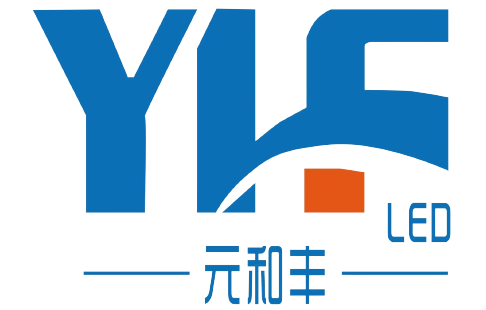Transparent splicing screens are unique in the field of modern display with their unique transparent display effects and flexible splicing methods. They have various shapes, including horizontal screen splicing, vertical screen splicing, special-shaped splicing, and customized splicing, meeting the needs of different scenarios and applications. Niga editor will introduce these splicing methods in detail and explore the conditions that affect the design of transparent splicing screens.
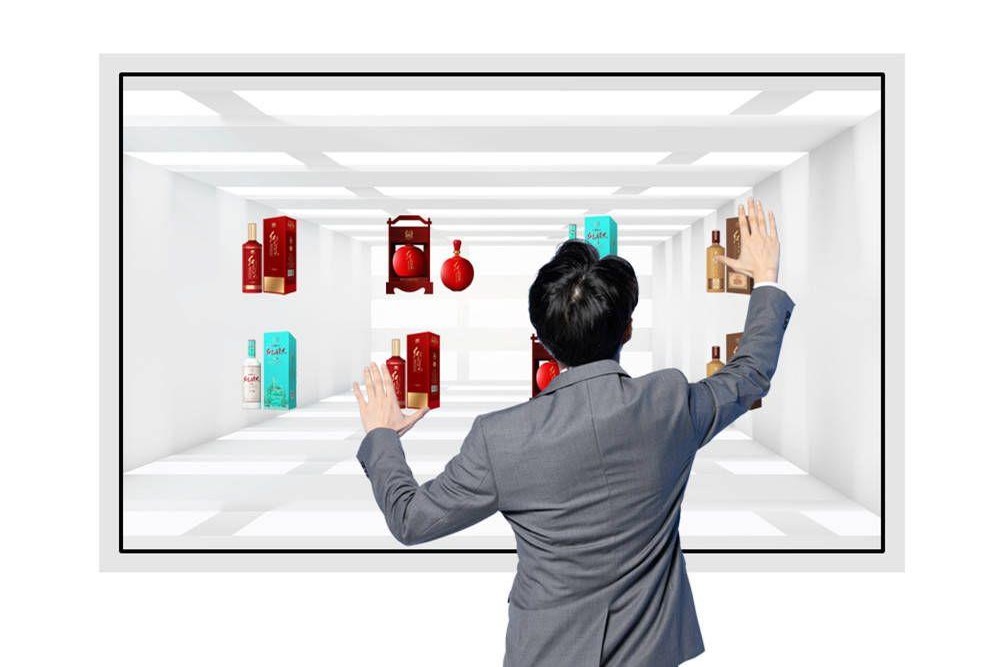
1. Horizontal screen splicing
Horizontal screen splicing is one of the most common splicing methods. Multiple screens are spliced side by side in the horizontal direction to form a wider display area. This splicing method is suitable for displaying scenes with more horizontal content, such as landscape paintings, long charts, etc. Horizontal screen splicing can provide a wide field of view, allowing viewers to get all the information at a glance.
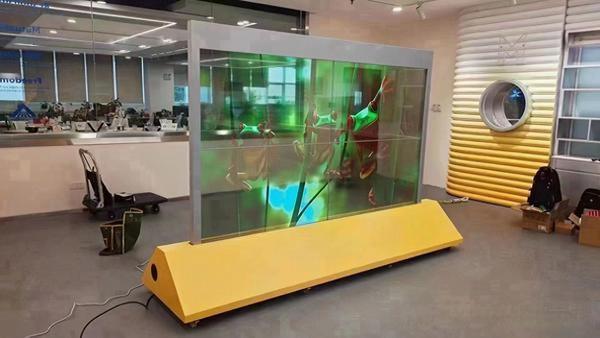
2. Vertical screen splicing
Corresponding to horizontal screen splicing, vertical screen splicing is to stack multiple screens in the vertical direction to form a higher display area. This splicing method is suitable for displaying scenes with more vertical content, such as portraits, vertical text, etc. Vertical screen splicing can highlight the height of the displayed content and bring more shocking visual effects to the audience.
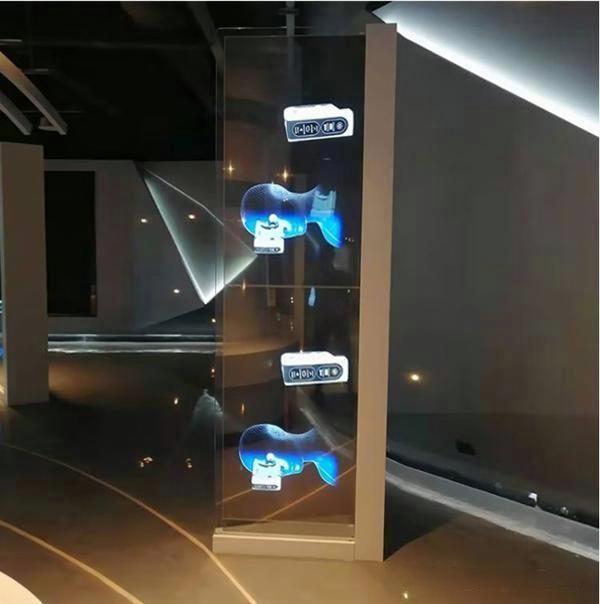
3. Special-shaped splicing
Special-shaped splicing refers to splicing multiple screens into non-rectangular or other irregularly shaped display areas according to actual needs. This splicing method can break the constraints of traditional rectangular screens and create more unique and creative display effects. Special-shaped splicing is suitable for displaying content of special shapes or for creating unique visual focus.
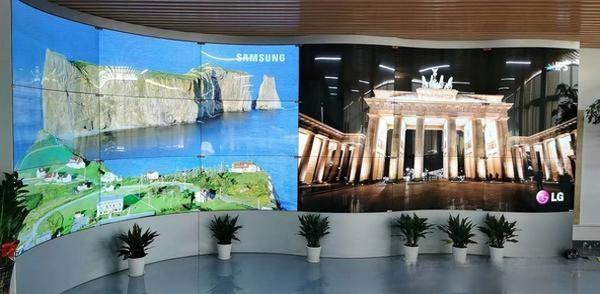
4. Customized splicing shapes
In addition to the common splicing methods mentioned above, transparent splicing screens also support customized splicing shapes. According to the actual application scenarios and needs, splicing screens of various shapes and sizes can be customized, such as arc, circle, polygon, etc. Customized splicing shapes can better adapt to different environments and display needs, and enhance the overall aesthetics and practicality.
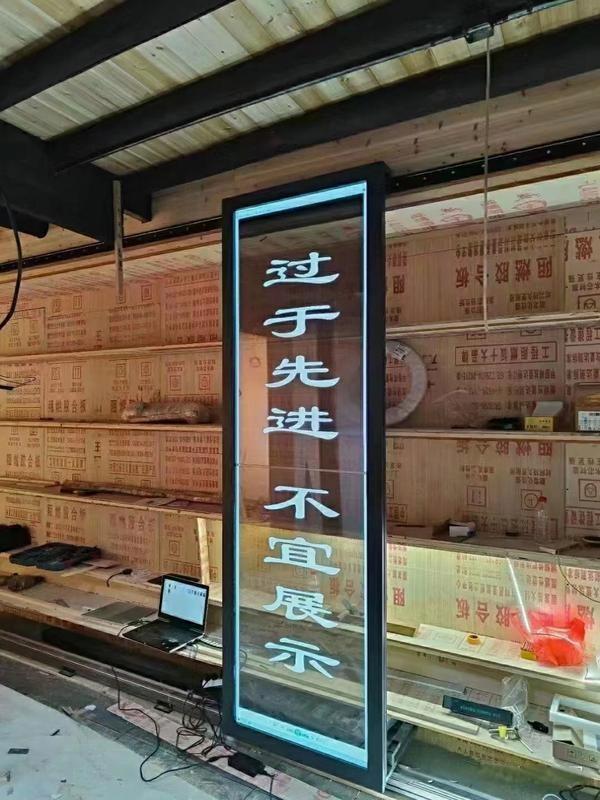
5. Factors affecting the design
The design of the transparent splicing screen is affected by multiple conditions, mainly including the following:
1. Application scenarios: Different application scenarios have different requirements for the shape of the splicing screen. For example, commercial displays may require more eye-catching shapes, while conference rooms focus more on practicality and functionality.
2. Installation environment: Factors such as the size, shape and structure of the installation environment will limit the shape design of the splicing screen. It is necessary to ensure that the splicing screen can adapt to the environment without affecting its normal use and viewing effect.
3. Cost budget: The cost of the splicing screen varies depending on factors such as size, shape and degree of customization. The cost budget will directly affect the shape design and material selection of the splicing screen.
4. Technical feasibility: The shape design of the splicing screen needs to take into account the feasibility of technology. Some complex shapes and structures may require higher technical requirements and manufacturing costs.
The design of Niga transparent splicing screen is flexible and diverse, which can meet the needs of different scenarios and applications. In actual application, it is necessary to comprehensively consider factors such as application scenario, installation environment, cost budget and technical feasibility to select the most suitable splicing method and design.
